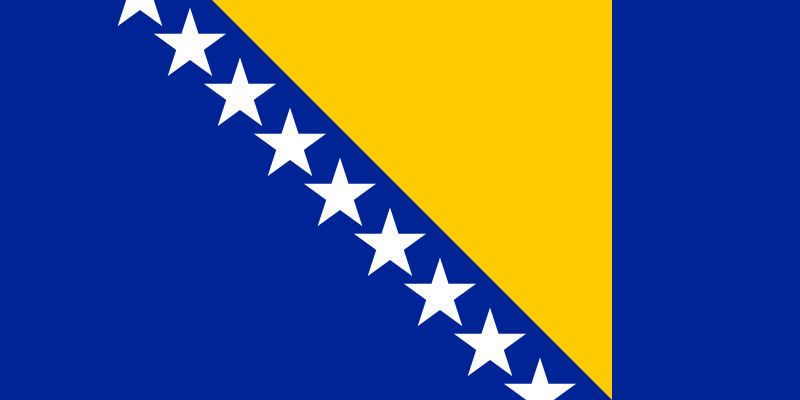Energy Efficiency in Public Buildings (Federation of Bosnia and Herzegovina), Bosnia and Herzegovina
Beneficiary Country:
Type and/or measure of energy efficiency in buildings:
Short description of the overall project
The “Energy Efficiency in Public Buildings (Federation of Bosnia and Herzegovina)” (“Project”) concerns the promotion of energy efficient reconstruction and modernization of selected public buildings in the education sector in Bosnia and Herzegovina. The purpose of the Project is to (i) improve the energy efficiency of public buildings (focus: faculties, schools and kindergartens) in Bosnia and Herzegovina and hence (ii) public service delivery in the education sector as well as (iii) poverty reduction. It is the purpose of the Project to contribute to the economic and social development in Bosnia and Herzegovina and to climate protection at the global level. The following Project activities shall be financed from the Financial Contribution:
- Energy efficient reconstruction and modernization of approximately 10 school facilities.
- Energy efficient reconstruction and modernization of approximately 10 kindergarten facilities.
- Services provided by the Project Implementation Consultant and other Consultants as detailed in the next paragraph.
Energy savings achieved / expected |
|
|---|---|
| Number of Houses | 20 |
| Other benefits achieved / expected |
- Expected energy demand of building stock reduced by at least 30%. - Greater comfort level of pupils and teachers. - Poverty alleviation through focus on underdeveloped parts of the country ( up to 40 percent of the buildings on the short-list are located in municipalities officially classified as underdeveloped or extremely underdeveloped. |
| Financial instruments used / use of current financial mechanisms |
KfWwill be implemented via the revolving financing model. According to this model, 50 percent of the estimated annual energy cost savings as determined by an energy audit in buildings rehabilitated by the Project will be captured for 10 years or until 50 percent of the investment cost are recovered, whichever comes first. The captured energy cost savings will be reinvested to scale-up energy efficiency measures of the project in schools and kindergartens. |



